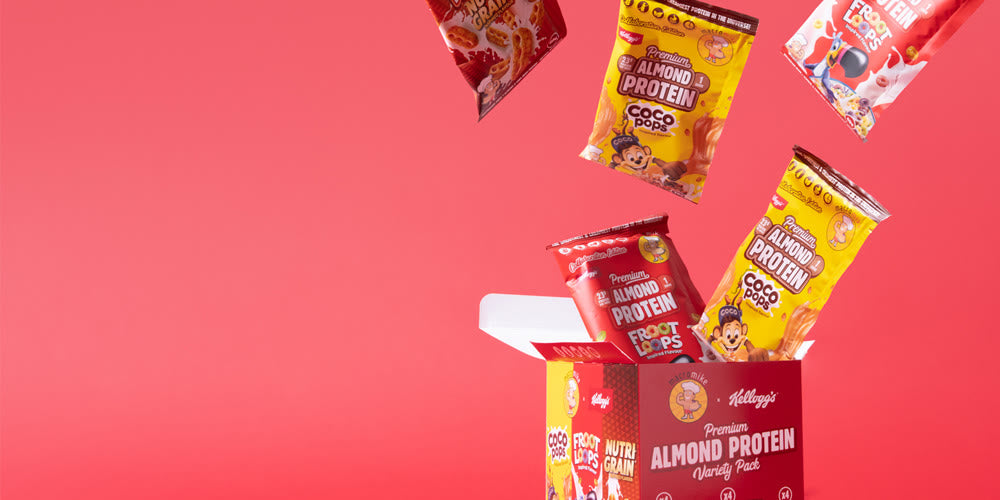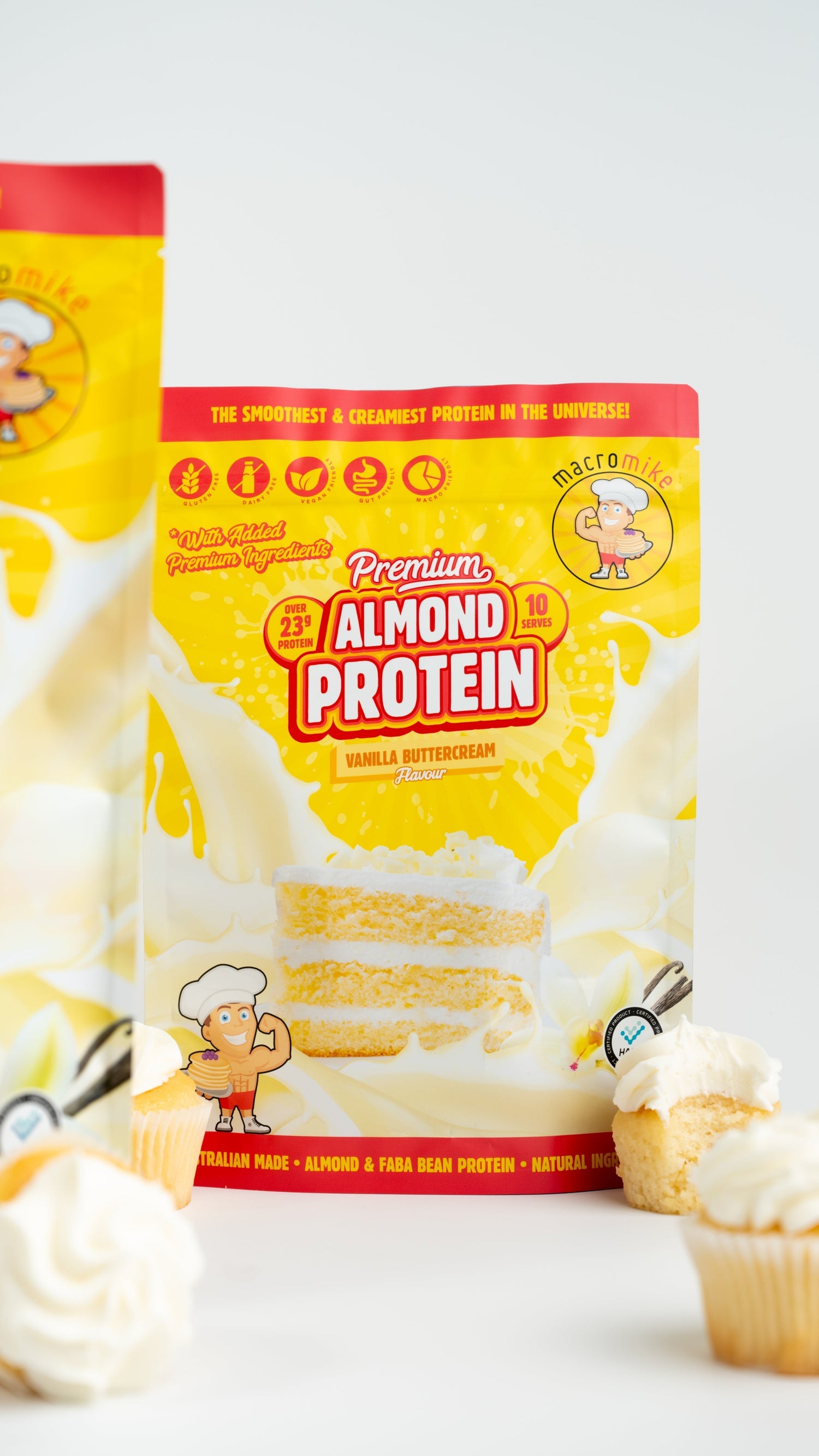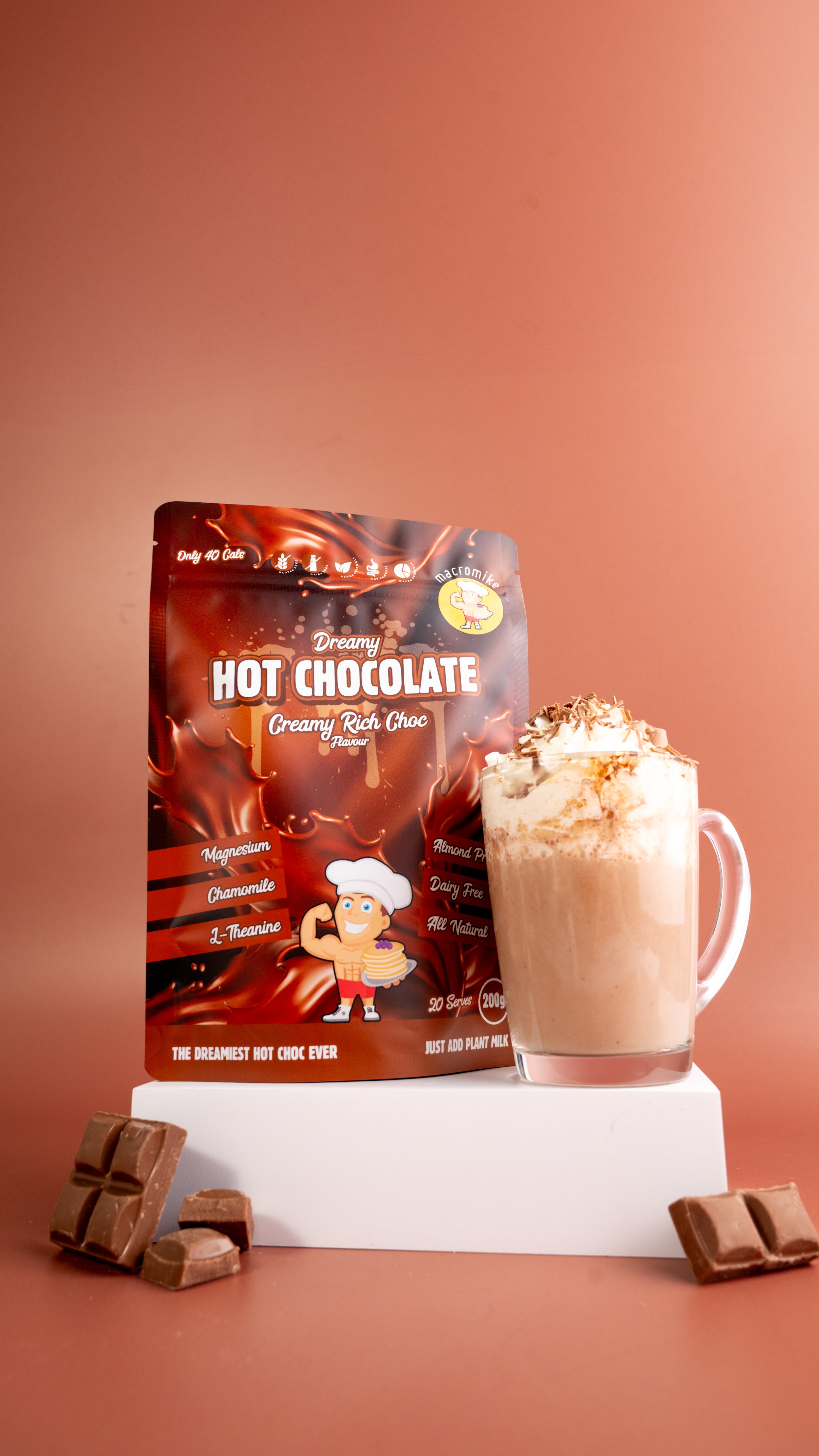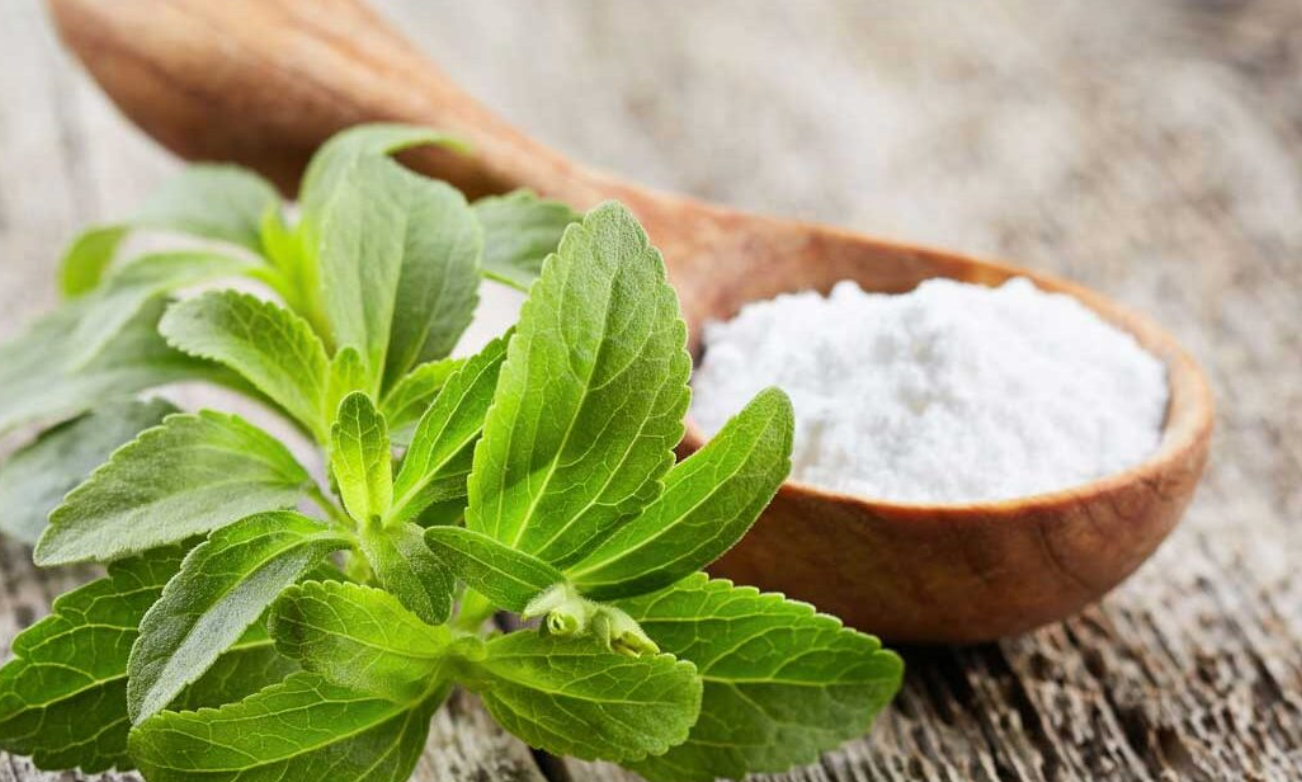Blog written by Dietitian & Nutritionist Helena
Protein has been having a moment – and rightly so, it’s about time we all started paying attention to getting enough! However, there is also plenty of conflicting advice out there.
Depending on what corner of the internet you land in, you might be told:
- “You need 2g of protein per kg of body weight.”
- “Protein damages your kidneys.”
- “Eat protein within 30 minutes of training — or it doesn’t count.”
- “Plant-based protein can’t be digested properly.”
Or my personal favourite: “Boost the protein by adding peanut butter or chickpeas.”
It’s no wonder so many people feel overwhelmed and feel like getting enough protein has become a full-time job!
So, let’s cut through the noise.
I’m breaking down the most common protein myths I still hear far too often — plus how to know if you’re on the right track with your current intake.
Myth 1: You “waste” protein if you eat too much at once
While it’s true that your body can only use a certain amount of protein at a time to build muscle, that doesn’t mean the rest gets “wasted.” Our bodies are much savvier than that.
Protein plays dozens of roles beyond muscle — it supports your immune system, skin, hormones, enzymes, gut lining, even mood regulation.
If you have a large amount of protein in a meal, your body will use some for muscle repair and growth, and either put the rest to use internally, burn it for energy, or store it as body fat.
Splitting your protein intake across the day does work best if you are focused on muscle gain (and just in general for appetite and blood sugar regulation), but you don’t need to stress about it that much — getting enough overall is more important.
Myth 2: Protein damages your kidneys
Unless you already have a diagnosed kidney condition, there’s zero solid evidence that eating a higher-protein diet (within reason) harms your kidneys.
Myth 3: You must eat protein straight after a workout
This is referring to the “anabolic window.” Muscles are primed to take up protein after a workout, so there is a benefit to refuelling soon after — especially if you’ve trained fasted (please avoid this though!) or haven’t eaten in hours. But the idea that you need to down a protein shake within 30 minutes or it “doesn’t count” is outdated.
What matters most is your total protein intake across the day.
Aim to have a decent pre-workout meal within 2–3 hours of training and you’ll cover your bases nicely. That said, if you enjoy a post-training smoothie or snack, go for it — just know it’s not make-or-break.
Myth 4: Plant-based protein is incomplete and ineffective
This is a tricky one because it’s based on a half-truth.
Some plant proteins are lower in certain amino acids (e.g. grains are low in lysine and legumes are low in methionine).
But when you eat a variety of different foods and protein sources across the day (as most people do), your body gets the full amino acid profile it needs.
Plus, some plant proteins, like tofu, tempeh and our protein powders, already do have a complete amino acid profile.
Plant protein absolutely does count — and often comes with bonus fibre, antioxidants, and anti-inflammatory benefits too.
Myth 5: Legumes, nuts and seeds are high-protein foods
This one trips up a lot of people trying to eat more plant-based.
Yes, lentils, chickpeas, hummus, peanut butter and almonds all contain protein — but they’re not high in it by volume. They’re primarily sources of carbs or fats.
• 2 tbsp peanut butter = ~8g protein + 200+ cals from fat
• 1 cup cooked lentils = ~17g protein + 40g+ carbs
They're great for a small protein boost, and just for general health, but if you’re plant-based and aiming for 20–30g protein per meal, or 90–100g of protein per day, you’ll need better sources — like tofu, tempeh, edamame, soy milk, or a protein powder to help fill the gap.
So… how much protein do you actually need?
You don’t need to count obsessively, but here’s a general guide:
• 1–1.5g per kg of body weight
• That’s around 90–105g/day if you’re 70kg
• Aim for 25–30g per main meal
• Not into numbers? Build your meals so that ¼ of your plate comes from a protein source
Base your meals around a good source of protein, add in a few high-protein snacks if needed, otherwise don’t overthink it!
How do you know if you’re getting enough?
Here are a few good signs:
• You feel full between meals (not constantly grazing)
• You’re not having intense sugar cravings
• Your energy stays steady (no major crashes)
• You’re maintaining or building lean muscle
• You’re recovering well from your workouts
• Your hair, skin and nails feel strong and healthy
• You’re maintaining a healthy weight
If this sounds like you — chances are, you’re doing just fine.
And no — not everything needs added protein.
You don’t need to put a scoop of protein in absolutely everything.
Some meals can just be meals. Some snacks can just be snacks.
That said, adding protein strategically can help you stay fuller for longer and more satisfied — and support your goals when you’re short on time or ingredients.
A good-quality protein powder (like ours!) can make that process easier — especially since it’s made from wholefood-based ingredients and provides all the essential amino acids.
Key takeaways?
Focus on eating enough good-quality protein sources and do your best to distribute this across the day.
Don’t stress about doing it perfectly, and don’t feel like you must make everything you eat high protein. Build meals that leave you satisfied and use protein powder to fill any gaps.
Explore Macro Mike’s best-selling plant-based protein range here
Hi, I'm Helena! Dietitian, nutritionist and plant-forward eater providing tailored nutrition services to women navigating their gestational diabetes and postpartum journey.
Instagram: @nutrition.by.helena
Website: https://nutritionbyhelena.com/
































